|
A friendly international between Norway and Sweden
over 100 boards 100 years after the dissolution of the
union.
The Swedish
Chess Federation’s Correspondence Committee (SSKK) have
challenged
the Norwegian Correspondence Chess Federation (NPSF)
to a friendly international over
100 boards 100 years after
the dissolution of the union between the two countries.
Sweden even suggested that the match be started on 17th
May, the day Norwegians
celebrate the establishment of their
constitution, and so shall it be!
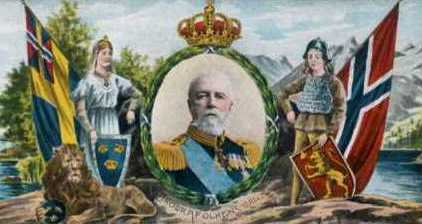
An accumulation
of accidents, chance, and misunderstandings could have
pushed Sweden
and Norway into a war with each other in 1905,
but restraint and moderation won the day.
The dissolution of
the Swedish-Norwegian Union that year is therefore one of
the few
examples of a peaceful dissolution of a union of the
20th century.
The good
relationship between our two countries has been further
strengthened after
that time even though there often arise
friendly jokes about each other. Although
not everyone will
admit it, I think we can assert that the relationship
between our
two countries is about the same as between two
siblings – there has to be a little
healthy rivalry
concerning one’s place in the hierarchy …
The
relationship between our countries has attracted comment
even outside chess circles:
With FIDE GM Simen Agdestein (NOR) against FIDE GM Stellan
Brynell (SWE) on board 1, and FIDE GM Magnus Carlsen (NOR)
against FIDE GM Emanuel Berg (SWE) on board 2, this
|

Simen Agdestein |
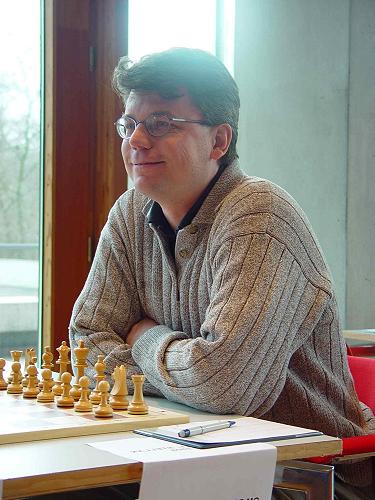
Stellan Brynell |

Magnus Carlsen |
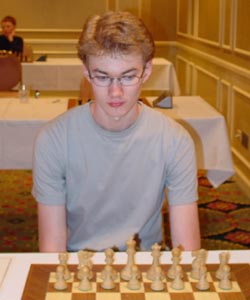
Emanuel Berg |
international match has attracted great interest among
chess-friends in both Norway and Sweden, even outside
correspondence chess circles.
|
Following is UN
Secretary-General Kofi Annan’s message on the centennial of
the
peaceful dissolution of the union between Norway and Sweden,
which appeared in
the Swedish daily newspaper Dagens Nyheter:
|
 |
”This centennial is an inspiring occasion for all of us who
work in the cause of peace. As Sweden and Norway were
negotiating to dissolve their union, both sides were willing
to compromise, making it possible to settle the issue
peacefully. Today, the Karlstad agreement remains an example
to aspire to in our world, a world still riven by conflict.
Norway and Sweden went on to become good neighbours, close
partners in regional Nordic cooperation, and exemplary
Member States of the United Nations.”
The background for
the union and its dissolution:
Denmark-Norway was on the losing side in the
Napoleonic Wars 1807-14, while Sweden under Crown Prince
Karl Johan supported the victor. In 1809 Sweden had lost
Finland to Russia. At the declaration of peace in Kiel, with
the signing of the Treaty of Kiel on the 14th of January
1814, Sweden therefore received Norway from Denmark as
compensation for the loss of Finland five years earlier.
Thus were the seeds of the Swedish-Norwegian Union sown in
the international power-games after the Napoleonic Wars in
Europe.
In
Norway at this time however there were forces prepared to
take advantage of the situation to try and win full
independence. Political manoeuvring and intrigues in the
winter and spring of 1814 ended with the constitutional
assembly that was gathered at Eidsvold from the 10th of
April until the 17th of May approving what was for the time
a very liberal constitution.
On
the same day the Danish royal heir and vice-regent of
Norway, Christian Frederik, is chosen to be the new king of
Norway. This is understandably cause for a slight conflict
between Norway and Sweden, who, under the leadership of
Crown Prince Karl Johan demand that the obligations of the
Kiel treaty be met. The Great Powers support Sweden’s
claims, yet Christian Frederik refuses to abdicate.
In
the summer of 1814 there is a short war, where Karl Johan
marches against Christian Frederik and Norway on the 29th of
July. The Swedish troops easily overcome the Norwegians
resistance, and on the 14th of August a ceasefire is put
into operation through the Moss Convention, under which
Christian Frederik is forced to give up the government of
Norway.
A
new parliament is called which shall change the constitution
to allow for the Union of the two countries. There are long
negotiations between Karl Johan’s representatives and the
parliament, which ends up with there being an union under
which Norway manages to keep a great deal of freedom and
much of it’s new constitution. The union between Sweden and
Norway is agreed on the 4th of November 1814, and is
formalized though the State Act of 1815.
The summer and autumn of 1905 became a time for heavy
negotiations. In July the Swedish parliament’s (Riksdagen)
demands became clear, but the Norwegian parliament managed
to sneak their nose in front by suggested a referendum on
the dissolution of the union. Leading up to the referendum
Norway experienced a powerful campaign to get all those who
were allowed to vote to meet up and vote YES.
The campaign ended as a national celebration with a record
turnout and overwhelming support to the government and
parliament, but in the meantime there had been yet another
change of government in Sweden where the strongly
conservative Christian Lundeberg had taken charge. He it
was, therefore, who lead the Swedish delegation when
negotiations on the terms of dissolution started in Karlstad
on the 31st of August.
Negotiations were difficult, and accompanied by military
tension, mobilization and rising fear of war. Fortunately,
they came to an agreement, though there arose a debate in
both countries on the results of the negotiations. At the
same time another important debate started in Norway – what
form of government should the country have after the
dissolution?
In
October 1905 the union between Norway and Sweden is formally
dissolved after both parliaments approve the Karlstad
Agreement and King Oscar gives up the throne of Norway on
behalf of himself and his family.
After this recognition from Sweden other states begin to
recognize Norway as an independent diplomatic power. Border
guards were stood down and the military situation in both
Norway and Sweden became normalized again. The debate
concerning Norway’s future form of government raged on with
steadily greater intensity. The republicans managed to get a
referendum set up on the but lost the battle for a republic
when the people went to the ballot boxes for the second time
in 1905. The new royal family came to the country on the 25th
of November, and the process of establishing Norway as a
constitutional monarchy independent of a the union with
Sweden was completed with the crowning of Haakon VII in
Nidarosdomen on the 22nd of June 1906.
Many hands make light
work:
Many have contributed to making this historical
correspondence chess match a reality.
First and foremost SSKK represented by Sture Olsson who
launched the idea and sent
the original invitation to NPSF. This invitation has been
sent further and has attracted
the attention of many Norwegian chess players. This has
again led to many new members
and participants in the match (around 30) for NPSF. This is
thanks to a splendid
recruitment campaign in which many have participated.
The event has been organized by Sweden’s Sture Olsson,
Norway’s Geir Brobakken,
and myself (H.A.) – and of course Roald Berthelsen is
naturally the Norwegian
team captain for this great match.
|
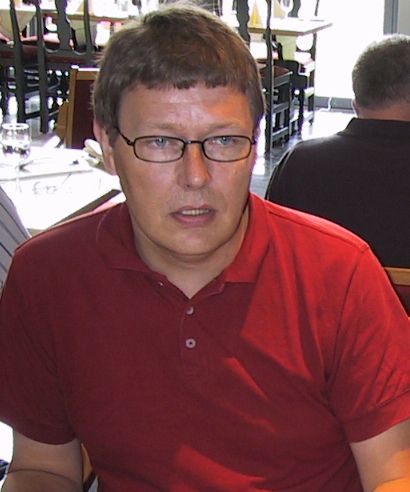
Geir Brobakken |
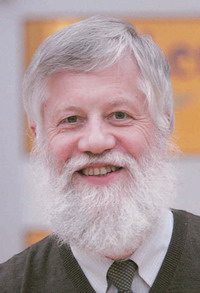
Sture Olsson |

Roald Berthelsen |
At
a moment like this we also send our thoughts to Sweden’s
Crown Prince Karl Johan
and Norway’s King Christian Frederik! Nobody knows how
things would have turned
out without these two’s deeds and that which happened later
in Karlstad. Maybe it was this
that was the first seed of the idea behind the conception of
”Amici Sumus”!? J
Too see the
whole match :
http://www.postsjakkforbundet.no/resultater/100bords.htm
The source for parts of the material:
http://www.nb.no/baser/1905/
Translated by Chris Hinman
|